Introduction
It is widely acknowledged that most societal impact goals, particularly solving complex wicked problems, require collaboration and system-level solutions. To facilitate system-level co-creation, impact researchers and professionals have directed increasing attention towards methods that engage impact stakeholders in solution development and planning. Simultaneously, increasing interest in impact investing and outcomes contracting has challenged public budgeting and financing practices. Despite the acknowledged importance of adopting a collaborative approach and focusing on targeted impacts or outcomes, no established methods to develop, model and execute system-level solutions to create targeted social impact are yet very commonly in use.
The impact co-creation method could be used identify the potential for utilising social outcomes contracting (SOC) and Social Impact Bond (SIB) model to address wicked problems. Participating professionals should represent, depending on the problem being tackled, public-sector departments, private companies, NGOs, research institutions and all other actors working with the phenomenon in question.
Sitra is using impact co-creation as an crucial part of preparation process, when implementing the SOC idea for example by using SIB. This co-creation approach has also been showcased within the context of the SOC Advisory Platform, and has received a lot of interest from EU SOC practitioners and policy makers.
Framework
The iooi method by Bertelsmann Stiftung (see Figure 1) was used as a starting point for addressing social impact as a concept, but the reading order is not the useful one.
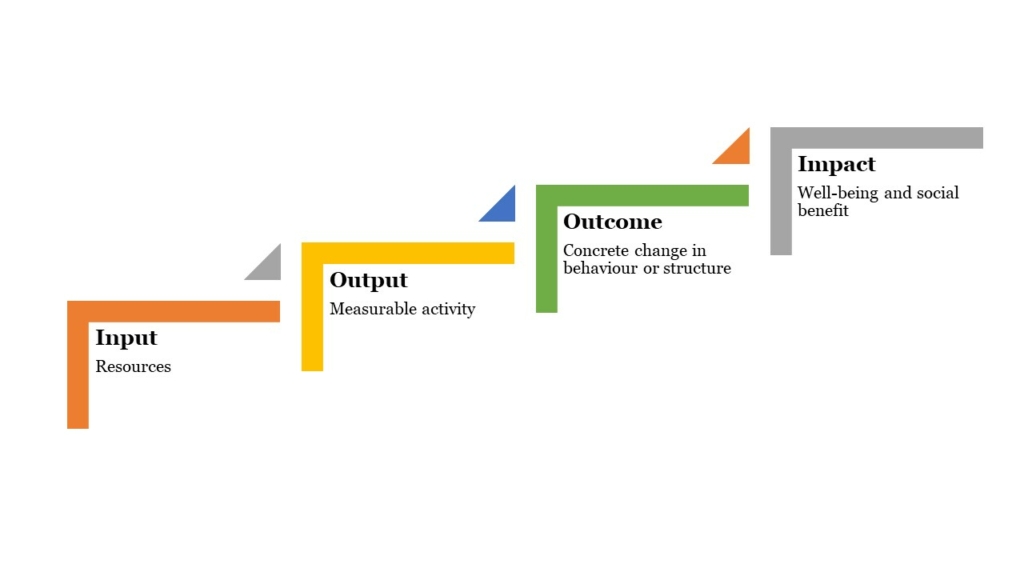
In addition to the iooi method, the impact ecosystem model from Sitra was used to facilitate the adaptation of a system-level view. The model illustrates how targeted social impact requires not one, but several concrete changes or outcomes. Further, each outcome results from numerous activities or outputs, preferably operating in collaboration towards a shared outcome target.
However, as frequently demonstrated in practice, SIBs alone can rarely provide a sufficient level and diversity of activities required to successfully resolve complex social problems or to fully exploit positive societal opportunities. SIBs thereby potentially benefit from a system-level modelling of social change.
The impact ecosystem emphasises the importance of a shared impact goal as a starting point for impact co-creation. Shared impact and outcome goals direct and integrate resources from multiple actors to realise targeted changeus, the impact co-creation method differs significantly from co-operation models, where each actor focuses primarily on applying their own resources to achieve actor-related goals.
A method for modelling target driven impact ecosystems
Impact co-creation is a method for developing and modelling impact driven systemic solutions. It can be utilised to identify the potential for social outcomes contracting and use of SIB or impact investing in general.
Impact co-creation includes four phases:
Phase 1: Defining impact goal
The first phase of impact co-creation is defining the shared impact goal, the targeted societal benefit. The goal should be defined in a way that captures the phenomena, the scale and the direction of the targeted change. In practice, the goal should answer the questions: What? To Whom? How much? Within what time frame?
Key stakeholders should be involved in goal setting in order to commit them to the final solution. In optimal cases, the goal-setting phase includes data analysis to enable the identification of (1) the root causes; (2) system boundaries; and (3) the economics of the target phenomena. Analysis also helps to identify stakeholders needed in the following phases.
Phase 2: Identifying Outcomes
The second phase of impact co-creation is identifying required outcomes. Outcomes are the concrete changes in behaviour and/or social structures (services, circumstances, etc.) needed to achieve targeted impact. In general, multiple changes are needed. To facilitate the identification of changes, a feedback loop modelling method can be used to uncover the boundaries of the target system or phenomenon.
While the impact goal setting can be done by engaging only the key stakeholders, the second phase should involve multiple stakeholders that possess diverse resources, intelligence and/or interest in the impact phenomenon.
Phase 3: Framing the system
The third phase of impact co-creation is the framing of the impact system. Framing is based on identifying preliminary solutions and related outputs needed to achieve targeted changes. Framing sets system boundaries and thereby defines the solutions to be included in the impact ecosystem.
Phase 4: Modelling the system
The fourth and final phase of impact co-creation is the actual modelling of an impact ecosystem. Modelling is based on identifying concrete outputs and inputs required to achieve targeted outcomes. An interest in the logic, dynamics and economics of collaboration is characteristic of impact-driven solution development. Rather than focusing on individual outputs, impact co-creation emphasises the relationships and dynamics between them.
From the value generation perspective, outputs are evaluated by the value added to the impact system, rather than the overall individual value of a particular output. A number of methods, for example stock and flow modelling, can be used for model collaboration.
Conclusions
The impact co-creation method provides a newtool for developing and modelling system-level solutions for targeted social and/or environmental impact. The co-creation initiative invites multiple stakeholders to work on a shared impact goal. Starting from the shared target, the process continues from system outlining to output generation and system modelling. The final result illustrates how targeted outcomes can be achieved through collaboration.
The co-creation process addresses solution principles, service and system design, cost calculations, and execution and financing models. It can be used for multiple purposes, such as developing public policies, promoting social outcomes contracting and impact investing. Most importantly, impact ecosystem modelling highlights the need for system-level impact management.
Summary based on original text by Jonna Heliskoski, Anna Tonteri and Mika Pyykkö.


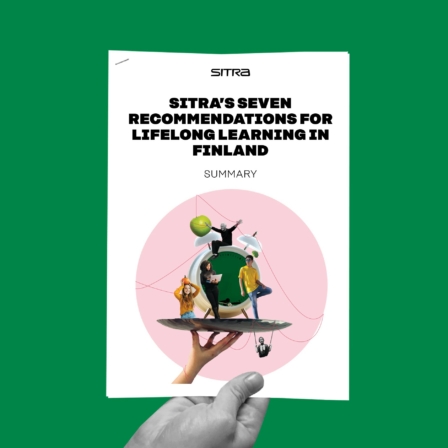


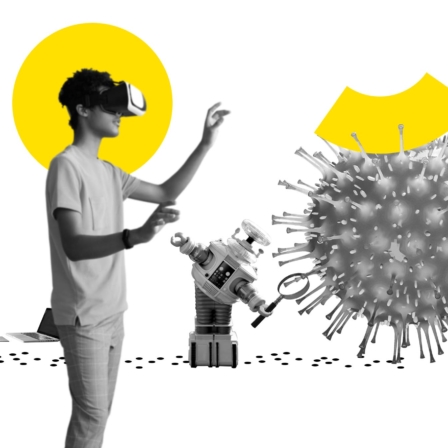






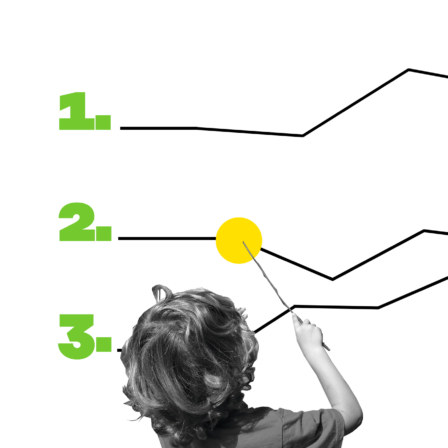
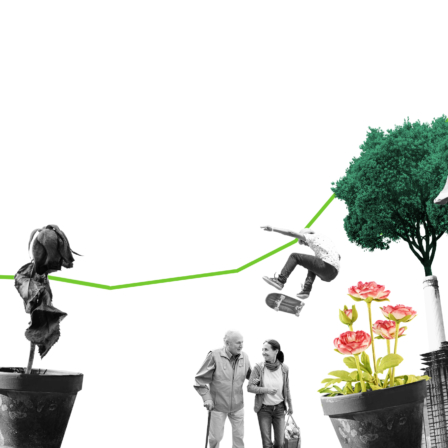

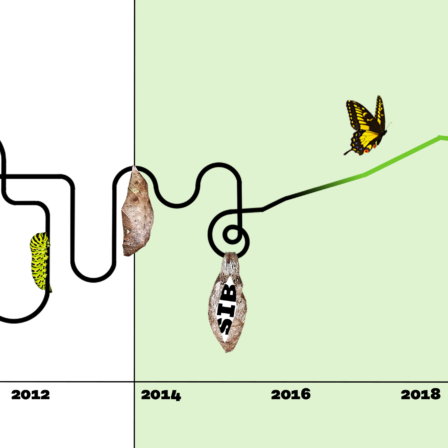

Recommended
Have some more.